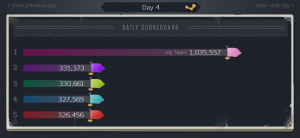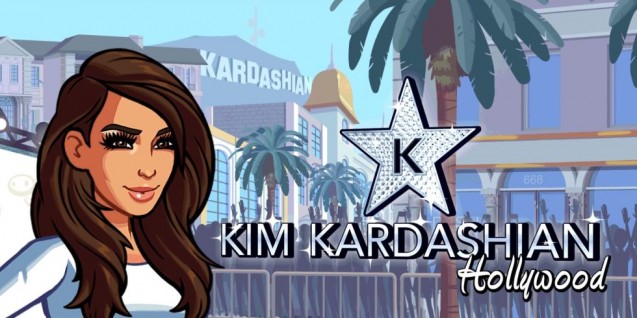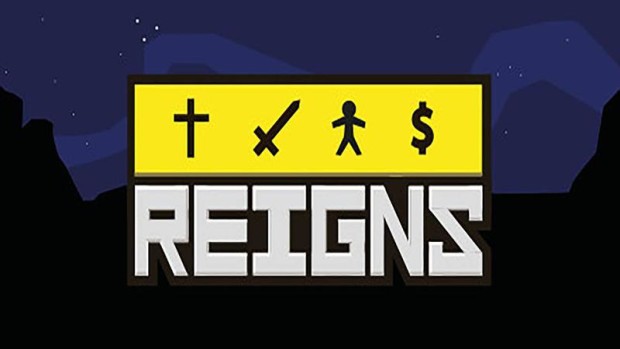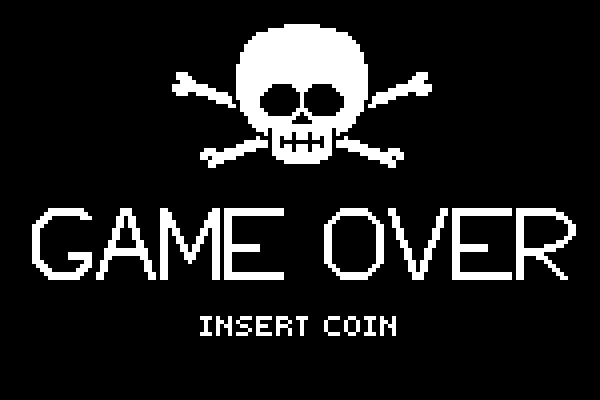In the last few days I’ve crafted about nine badges, I’ve leveled up four times, and I’ve helped my team to victory once. I’ve earned some cosmetic enhancements for my profile, and I’ve done a lot of trading. If you play games on your PC, you probably already know what I’ve been doing: going broke during the Steam summer sale. Steam sales have all the hallmarks of what people typically associate with gamification: badges, points, teams, levels. But is it really a gamified experience?
Before I jump into that question, let me back up just a moment and define some terms. Gamification, if you’re not familiar with the concept, is the application of gaming principles and activities to a non-game environment. The most common uses presently are in education (trying to make classrooms more game-like) and in business (creating an additional level of engagement and experience with consumers). While the idea of gamification is highly critiqued, I would also argue that in targeted, well-designed situations, it can be highly effective.
Steam is essentially a content management system. You can purchase digital copies of games, which remain in your library and can be downloaded to any computer you’re logged in to (though, like iTunes and other similar systems, you have to authorize computers and you must be logged in to use your content- check out Alex’s recent post on mobility and connectivity issues). In addition to just storing your games, Steam includes community sites for each game, a friend system, and the badges/cards/levels system I mentioned above. 
So, are the Steam summer sales a gamified environment? Here’s the basics of how this element of the sales works: You earn cards in a few possible ways: spending money to buy games, making combinations of card sets that create badges (which also earns your team points), voting for which sale you want to see next (once every eight hours), and having your team the day. Crafting badges earns you experience points, which raises your level and unlocks various Steam perks (a large friends list, a showcase area on your profile), but doesn’t have any impact on your team. Is this gamified shopping?
While it’s certainly incentivized shopping, I wouldn’t considered it gamified. Here’s why: there aren’t very many meaningful decisions for me to make as a “player”, there aren’t really any consequences, and my individual ability to support my team is incredibly limited. Let’s break each of those issues down just a bit.
We make meaningful decisions in games all the time: take the warp or don’t, use bows or axes, build a sturdy defense or an aggressively strong offense. These choices have a profound impact on how the rest of a game might be played. Taken together, a series of several choices gradually adds up to differing tactics, strategies, and play styles. These strategies can be the core of a game (as leveling your character in Skyrim) or they can be smaller decisions you make throughout a game (should I get a quick line clear now or go for the Tetris), but they’re essential to game play. In the example of this Steam sale, there aren’t really any choices to be made. Either you vote, or you don’t get more cards (not an actual meaningful choice). Either you buy things, or you don’t get cards. Either you craft badges, or you don’t help your team. You can, of course, decide not to participate, but taking yourself out of the system isn’t a meaningful game play choice.
Of course, if there aren’t choices, there can hardly be any consequences. If I go a stealthy/sneaky route in Skyrim, I’ve almost assuredly got a much lower armor rating than a character that builds heavy armor/two-handed swords (who, in contrast, wouldn’t be able to sneak very well at all). If I try to wait for a long-piece in Tetris, I may find myself in quite a bit of trouble before the game sends me one. In both cases the choices I made lead to important consequences in game play. Those consequences are part of creating an environment where players can develop and test skills, and where they can see the results of the choices they make. Because the Steam sale doesn’t give us any meaningful choices, there aren’t really any consequences.
 Finally, as an individual user your ability to support your team (which might be seen as the “win condition”) is minimal at best. When you participate in the summer sale the system randomly assigns you to a team (I’m pink). Any points you earn through crafting badges go toward helping your team win for the day. Everyone on the day’s winning earns three cards and thirty random people win three games off their wishlist. However, this is also where things get a bit tricky. You have no way of knowing how many people are on your team, and your own daily contributions are (unless you’re spending money like crazy) fairly miniscule. The day my team won I contributed some 13 points to our cause, and we had roughly 900,000 points. If I extrapolate backwards based on how much money I know I spent to try to guess how many people might be on my team… let’s just say I’m not holding my breath for those free games.
Finally, as an individual user your ability to support your team (which might be seen as the “win condition”) is minimal at best. When you participate in the summer sale the system randomly assigns you to a team (I’m pink). Any points you earn through crafting badges go toward helping your team win for the day. Everyone on the day’s winning earns three cards and thirty random people win three games off their wishlist. However, this is also where things get a bit tricky. You have no way of knowing how many people are on your team, and your own daily contributions are (unless you’re spending money like crazy) fairly miniscule. The day my team won I contributed some 13 points to our cause, and we had roughly 900,000 points. If I extrapolate backwards based on how much money I know I spent to try to guess how many people might be on my team… let’s just say I’m not holding my breath for those free games.
So, is the added narrative of a summer adventure fun? Certainly! And it has perhaps made me pay a bit more attention to the sales- I want to vote and to see how my team is doing, which means I check the page more than I might otherwise. But I certainly wouldn’t call this gamification. It’s missing, at a fundamental level, the sense of choice, consequence, and agency that comes with game playing.




